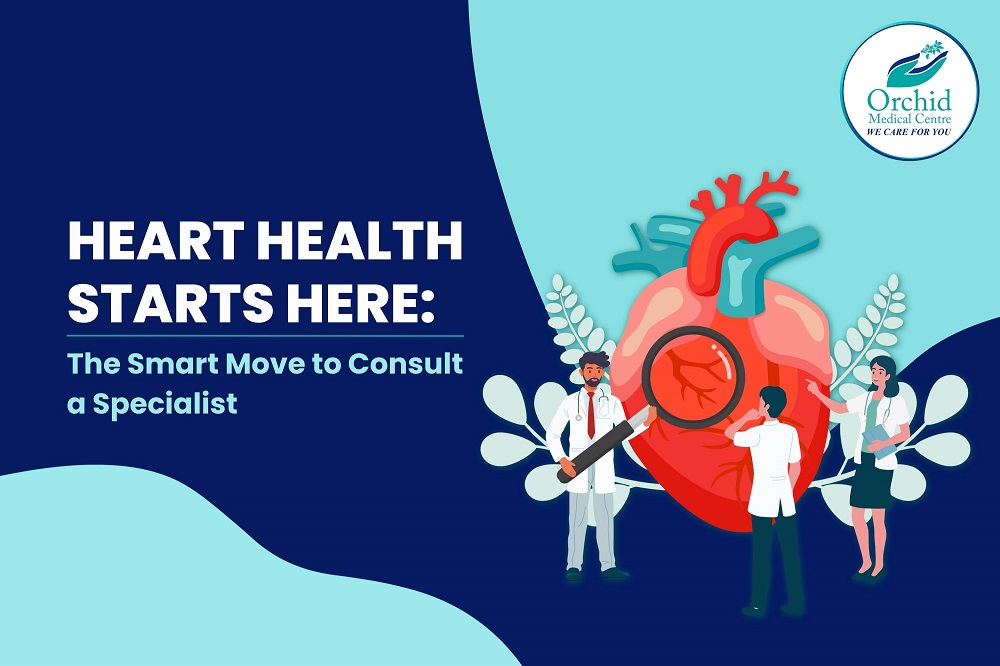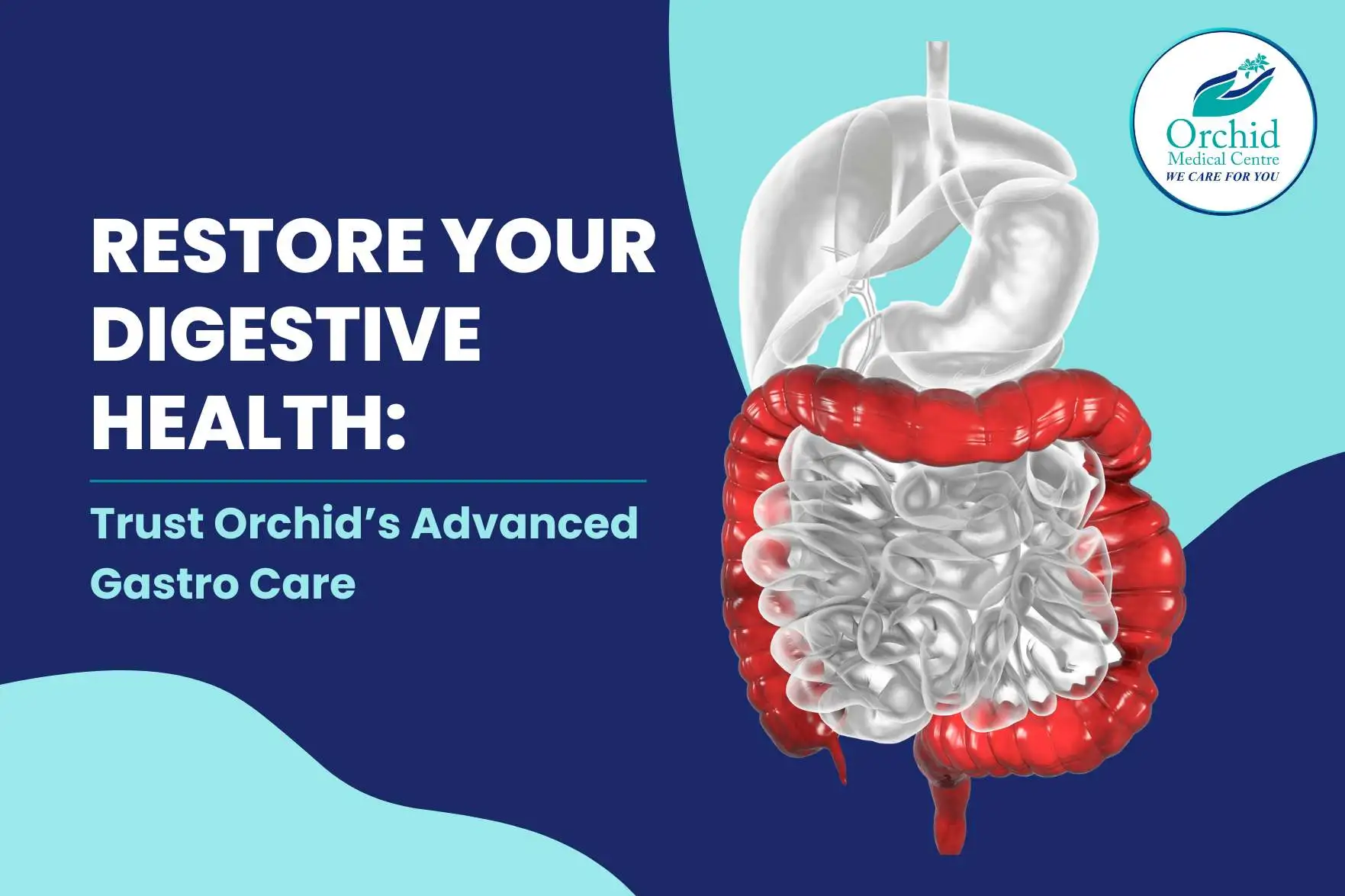
Blog Details

Brain Doctor Explains Cerebral Embolism with Hypertension
In terms of neurological illnesses, strokes rank as the second most common cause of morbidity and mortality globally. This significant health issue highlights the critical need for effective prevention and treatment strategies. Cerebral thrombosis and cerebral embolism are two key factors in the many forms of strokes, with embolic strokes being among them. These disorders are frequently made worse by underlying medical diseases, including hypertension, which raises the likelihood and intensity of strokes. To lessen the total toll that strokes take on public health, these risk factors must be addressed. Seeking advice from a brain doctor is essential for a precise diagnosis and successful therapy.
Cerebral Thrombosis: This kind of ischemic stroke is brought on by a blood clot (thrombus) that gradually forms in an artery supplying the brain. The brain doctor in Ranchi explains that this clot usually develops inside a blood vessel that has already narrowed due to atherosclerosis, a disorder in which fat deposits build up on the walls of the arteries.
Clot formation impairs blood flow to the brain, which causes oxygen deprivation, or ischemia, and consequent damage to brain tissue. The formation of cerebral thrombosis is facilitated by the weakening and constriction of artery walls, which is a result of hypertension or high blood pressure.
Cerebral Embolism: Conversely, cerebral embolism is a specific kind of ischemic stroke that has a unique mode of onset. Usually, in the heart or larger arteries, a blood clot, fatty deposit, or other debris originates in another area of the body. It passes through the bloodstream until it lodges in a smaller cerebral artery.
This obstructs blood flow to the brain, resulting in ischemia and tissue damage. Several possible origins of these emboli include air bubbles, clots growing in the deep veins (deep vein thrombosis), and atherosclerotic plaques in the heart.
It has long been known that high blood pressure increases the risk of cerebral embolism and cerebral thrombosis.
Link Between Hypertension and Cerebral Thrombosis and Embolism
The emergence of a cerebral embolism may be influenced by hypertension. People with uncontrolled hypertension may experience an increase in blood pressure that leads to heart chamber enlargement, especially in the atria. This expansion raises the possibility of blood clot development by causing turbulent blood flow and stagnant areas within the heart. After that, there's a chance that these clots will come loose and move to the brain, causing a cerebral embolism.
It has long been known that high blood pressure increases the risk of cerebral embolism and cerebral thrombosis. As arteries narrow from plaque accumulation, there is an increased likelihood of clot development within the veins, which puts people at risk for cerebral thrombosis. Because it directly affects atherosclerosis and clot formation in the cerebral arteries, its effect on various stroke types is especially noticeable in thrombotic strokes.
Effective management and treatment of strokes require the ability to distinguish between thrombotic and embolic strokes. Even though they are both ischemic strokes, their underlying causes and therapeutic applications are very different. The particular treatment strategy is determined by a number of criteria, including the type of stroke, the patient's medical history, the amount of time from the onset of symptoms, and the patient's general state of health.


Key Learnings
When it comes to neurological illnesses, strokes are a major cause of mortality and morbidity worldwide. Cerebral thrombosis and embolism are important causes of strokes, and they are often made worse by underlying medical problems such as hypertension. By being aware of the differences between embolic and thrombotic strokes, as well as their respective signs and symptoms, people can lower their risk by changing their lifestyle and seeking medical assistance in a timely manner to manage uncontrolled hypertension.





















.jpeg)

.jpg)


.webp)
.webp)



.webp)
.webp)








